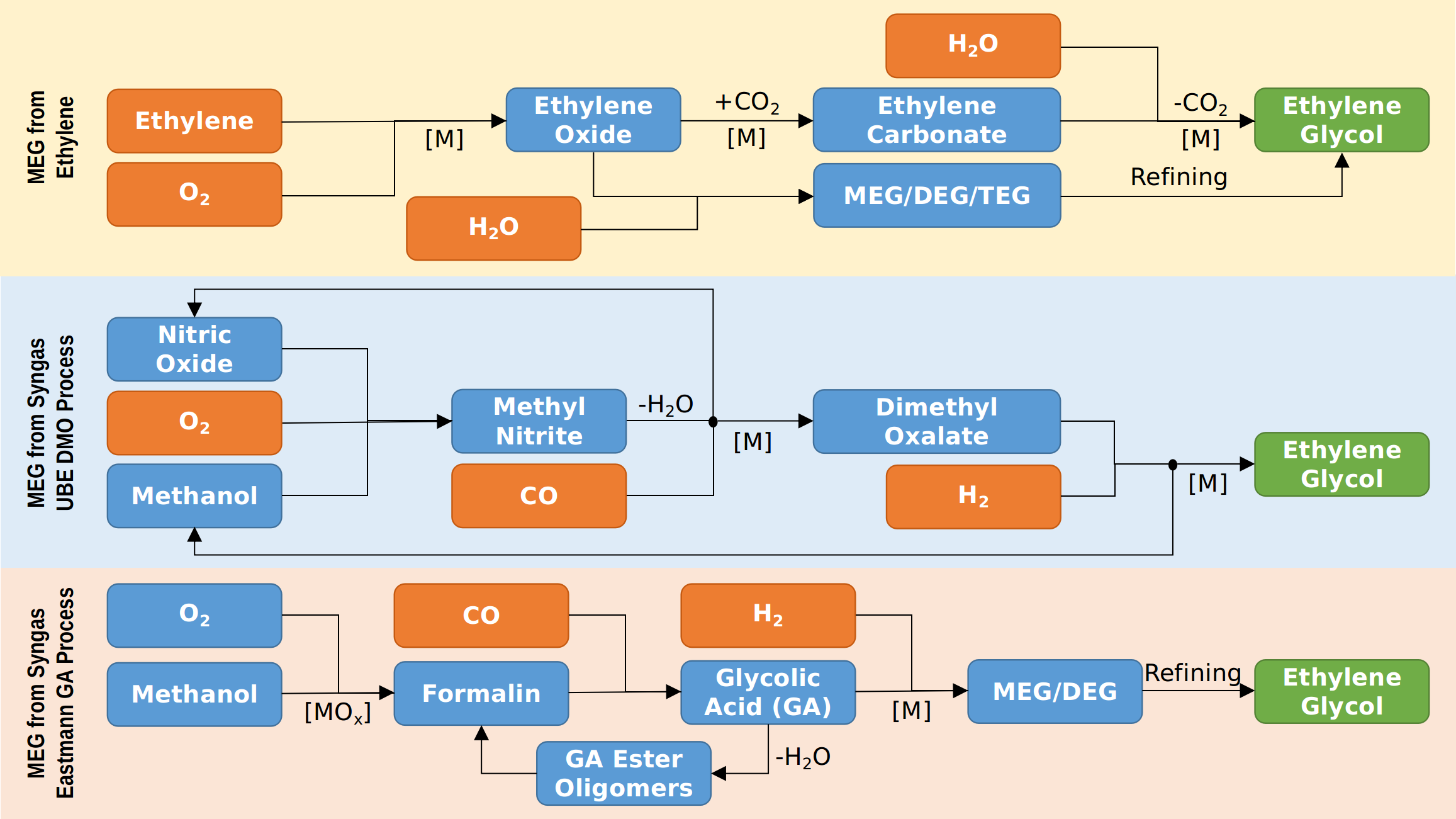Main-Product
- Product
- Ethylene Glycol & Oligomers
- Segment
- Chemicals
- Main-Family
- Functional Organic Products
- Sub-Family
- Alcohols
- Link
-

- #PS53
Description
Your insights will be shown here
Product Communicator
(*=Default)| Product | Title | Date | |
|---|---|---|---|

|
5/21/2023 | ||

|
9/24/2021 | ||

|
9/24/2021 | ||

|
9/24/2021 |
| Products (Quick Access) | Abbr. | Default |
|---|---|---|
| Monoethylene Glycol | MEG | |
| Diethylene Glycol | DEG | |
| Lean Glycol | ||
| Mixed Ethylene Glycols | ||
| Rich Glycol | ||
| Triethylene Glycol | TEG |
Settings
- Status
- A
- Unit of Measure
- Metric Ton
- Physical State
-
Liquid
Building Block / Value Chain Info
- Value Chain-I
- Ethylene
- Value Chain-II
- Carbon Monoxide
Content provided by
| Transaction | Name | Date |
|---|---|---|
| Modified by |
|
5/21/2023 11:53 AM |
| Added | 2/18/2021 11:29 AM |








